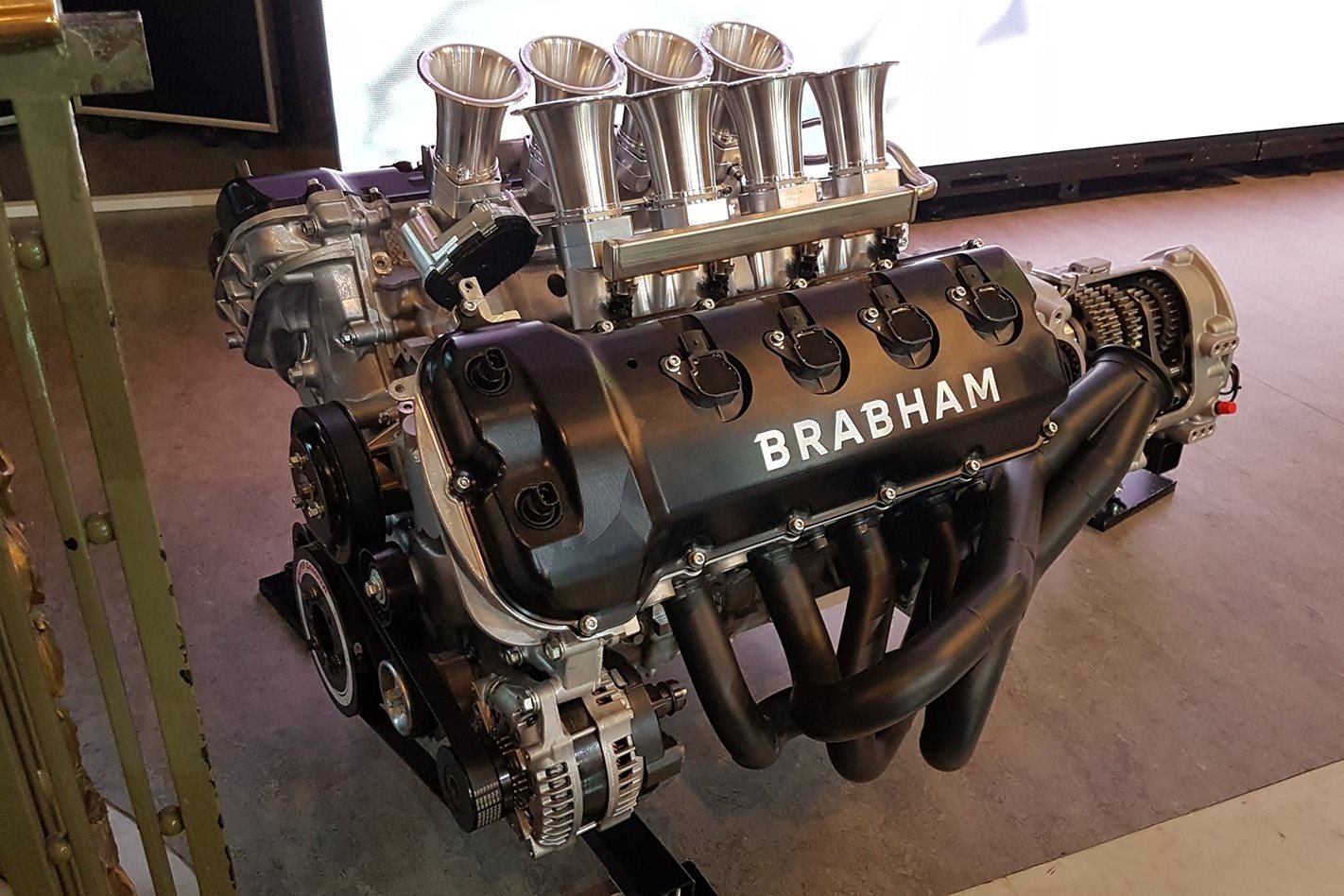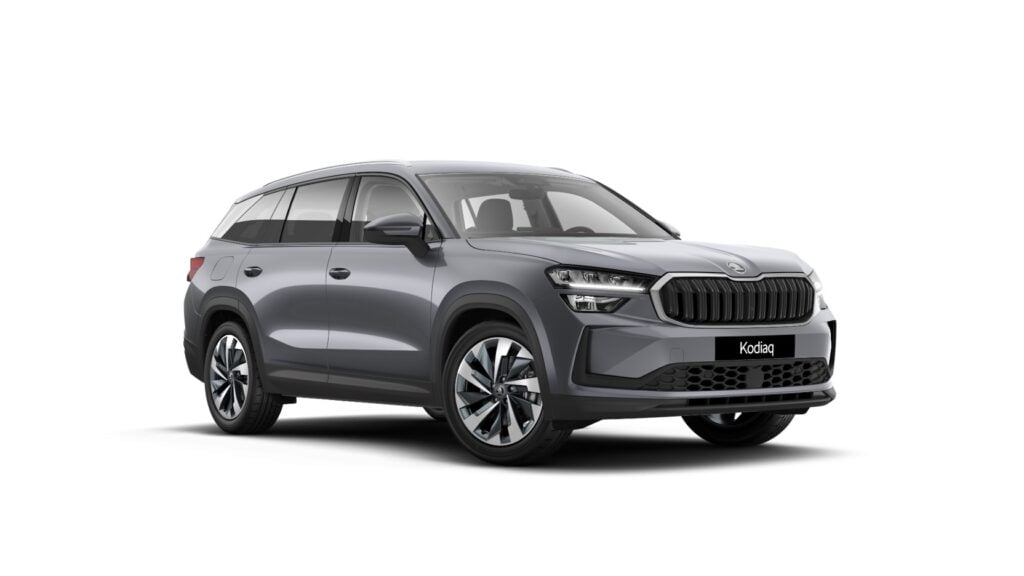BRABHAM lifted the silk from its BT62 supercar around this time last week, revealing a purpose-built track weapon that will be built in Adelaide, but though we’ve seen the car in full, there are still some secrets lurking beneath its carbonfibre haunches.
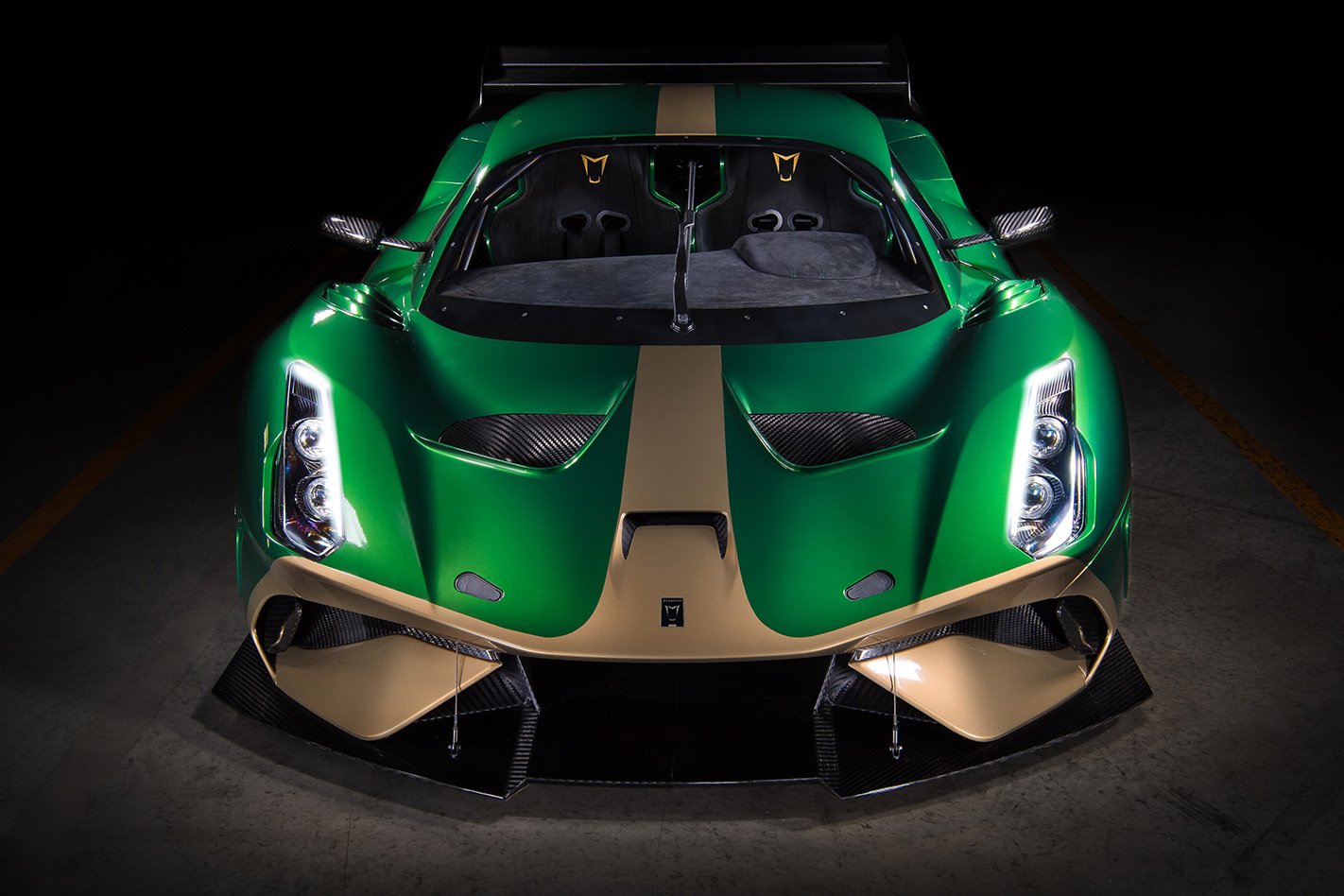
Most of the intrigue surrounds its engine. Outputs for the free-breathing mid-mounted V8 are confirmed, but there remains an unusual amount of mystery around some technical details – in particular, the origin and specification of the Brabham-branded engine.
According to official specs sent to Wheels by Brabham Automotive, the longitudinally mid-mounted V8 behind the driver’s – and optional passenger’s – seat has bore and stroke measurements of 94mm and 97mm, giving the bent eight a specific total displacement of 5387cc, or 5.4-litres. Further spec data reveals a compression ratio of 10.5:1, and outputs of 522kW at 7400rpm, and 667Nm at 6200rpm.
But where does it comes from? Speaking to Wheels in the days before the BT62’s launch, Brabham representatives confirmed that the engine is not built from scratch by the team, though the spokesmen were at pains to avoid revealing the unit’s provenance.
That doesn’t leave us completely in the dark, as there are tell-tale clues as to where the BT62’s power is sourced from.
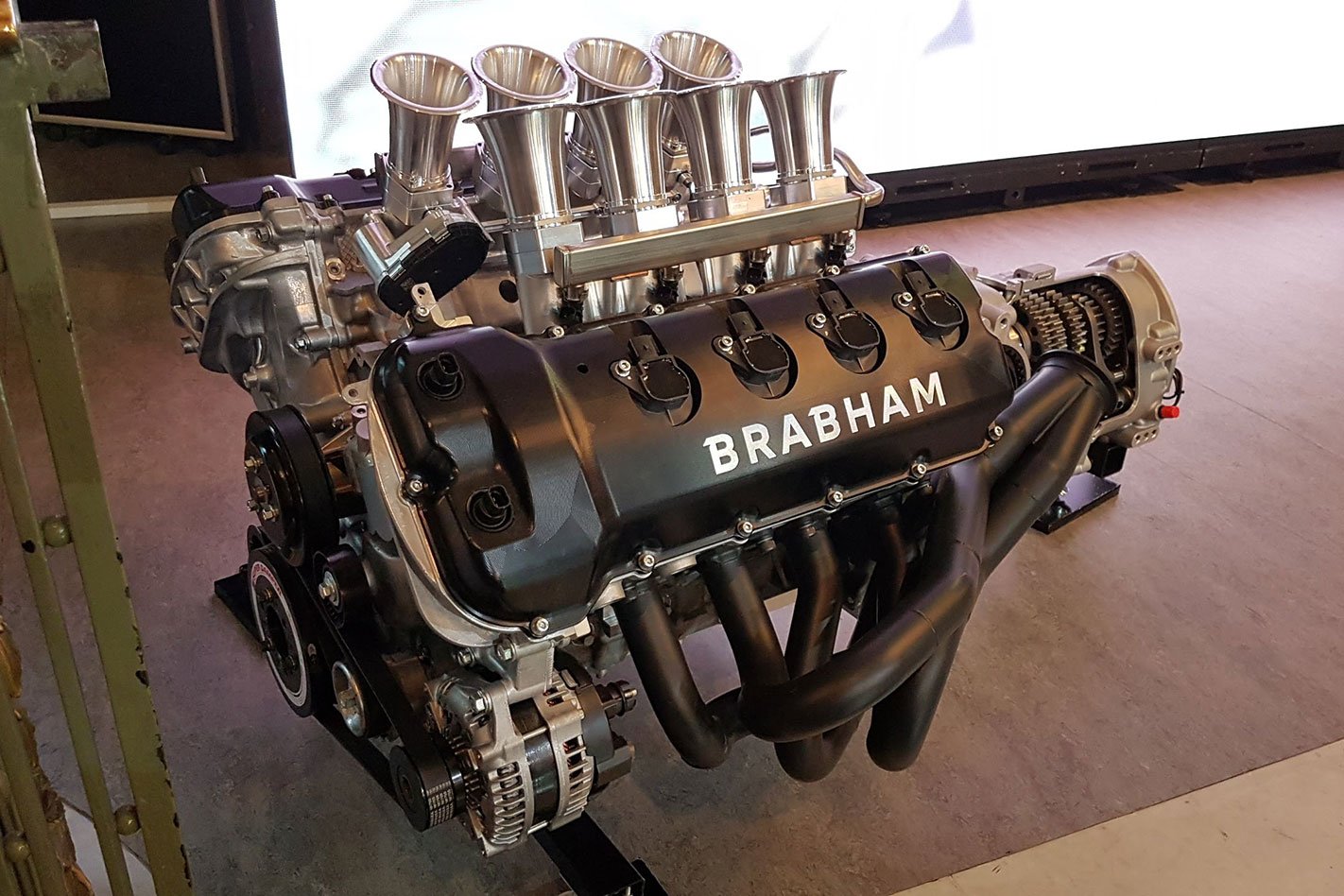
The first is a photo of the 5.4-litre unit sporting drool-worthy velocity stacks snapped during the BT62’s public reveal at Australia House in London.
The casting shapes of the Brabham-branded engine are practically identical to those seen on Ford’s Modular V8 engine family, most well-known in 5.0-litre ‘Coyote’ format, as used in the current Mustang.
Numerous versions of the Ford Modular V8 are available in production cars and as create engines. Ford uses a 5.2-litre variant called ‘Voodoo’ to power the 2018 Mustang GT350R. In that iteration the engine, fitted with a flat plane crankshaft, produces 392kW at 7500rpm and 482Nm at 4750rpm.
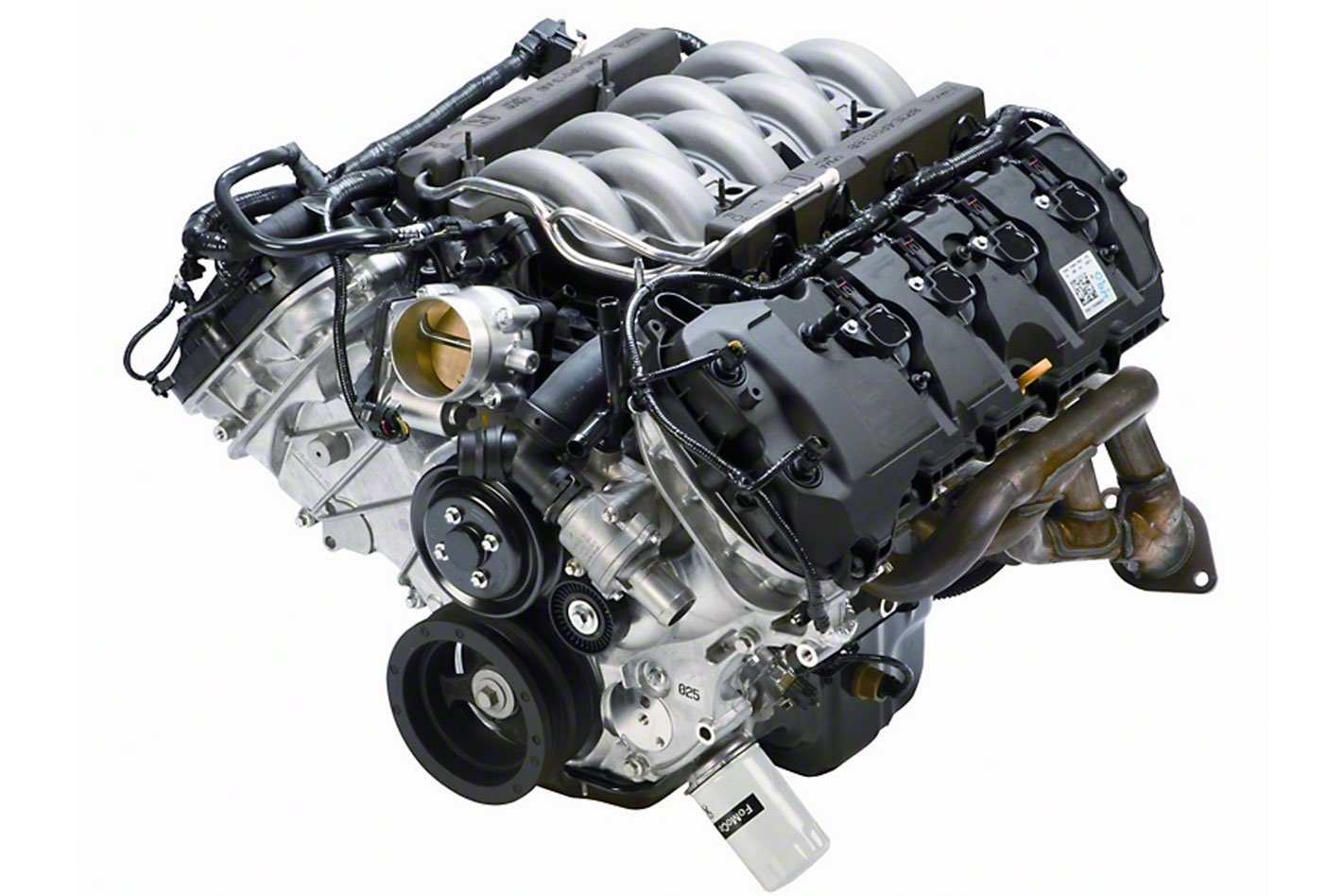
Ford Coyote 5.0-litre V8
While the Voodoo uses a higher compression ratio (12.0:1) it has the same 94mm stroke as the Brabham engine, though a narrower 93mm bore resulting in the smaller overall capacity.
Christian Reynolds, an Australian-based Brabham Automotive director who oversees the BT62’s manufacture at the Adelaide factory, confirmed that the V8 engine is supplied by a third-party, and then heavily modified by the company.
“We engaged an OEM and talked to them about a personalised development program,” he explained.
“They were supportive of engaging with us at that level, but we took an OEM engine and then we heavily customised it to suit the attributes and the DNA of a Brabham vehicle. And that’s been worked on and agreed with the OEM that the engineering work is such that the engine can be called a Brabham engine based on its departure from anything that they do in any sector of automotive.”
Reynolds refrained from commenting on the engine’s – possibly blue and oval – origins.
“It’s quite important if you look at the historic nature of the [Brabham] brand, and how the brand has been successful, it’s been the sum of its engineering and ingenuity from doing the right things at the right time,” he added.
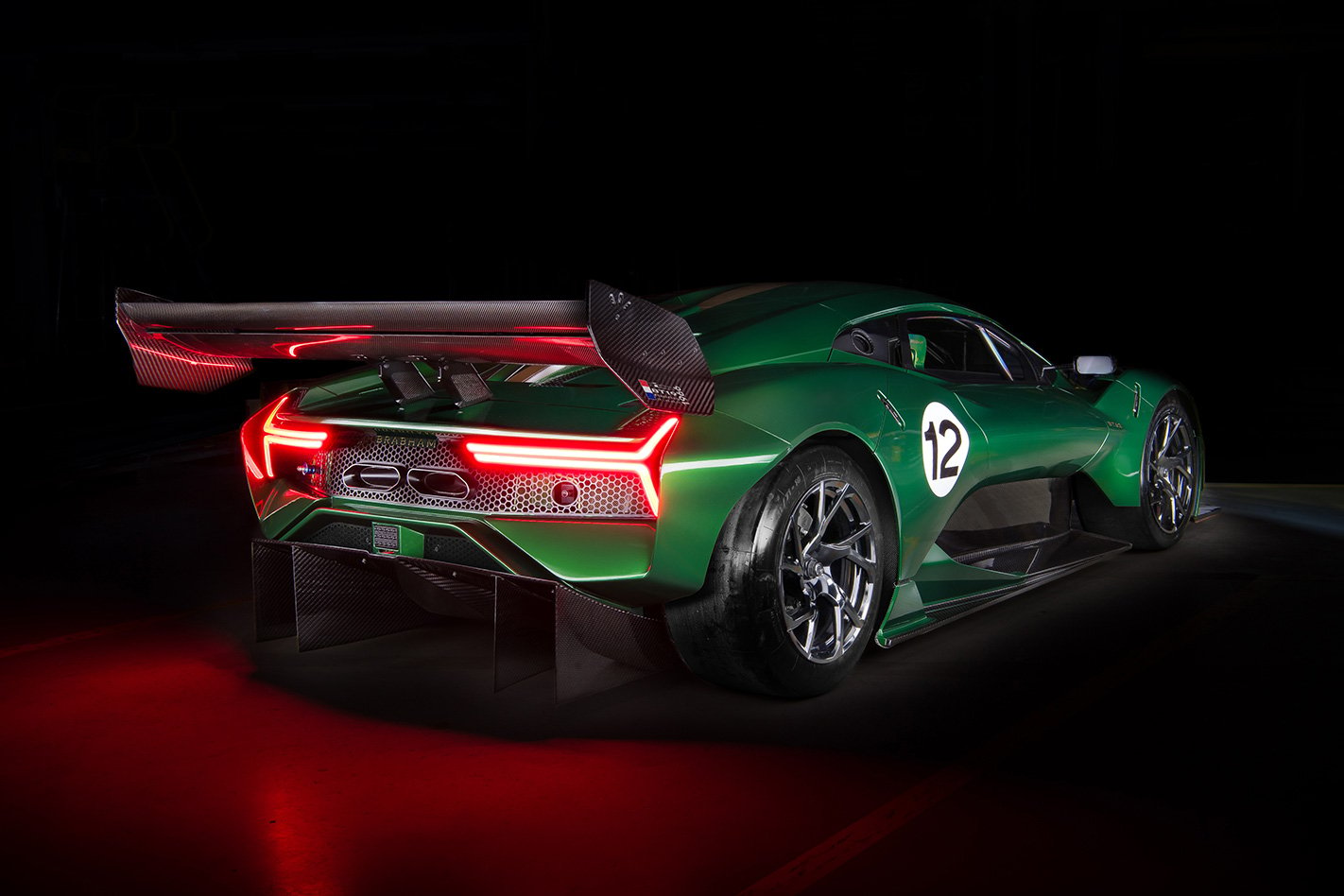
“We’ve done that with the engine. We’ve customised and re-engineered an engine to be very, very specific to this vehicle, so for me I’d like people to understand that this engine is Brabham’s engine. You cannot replicate this engine. The design specifications are under control of Brabham. You cannot go out and procure an engine of this configuration.”
While it’s highly likely the BT62 engine starts life as a Ford, how the team behind the track-only supercar has extracted so much power with a relatively low compression ratio and no forced induction is a point of interest.
Brabham’s version of the engine produces circa-100kW more than any other naturally aspirated V8 from the Ford family, though as a track car it doesn’t need to comply with any emissions regulations.
Wheels understands the BT62 has been specified with a flex-fuel sensor to allow the tanks to be filled with E85 juice, or premium unleaded petrol. High octane ethanol-based fuel can be used to ramp up outputs with the right engine tune.
In a relatively unrelated coincidence, Brabham claims to have squeezed precisely the same amount of power out of ‘its’ 5.4-litre naturally aspirated V8 as Dodge says it 6.2-litre supercharged ‘Hellcat’ donk can produce. We think a drag race is in order.


